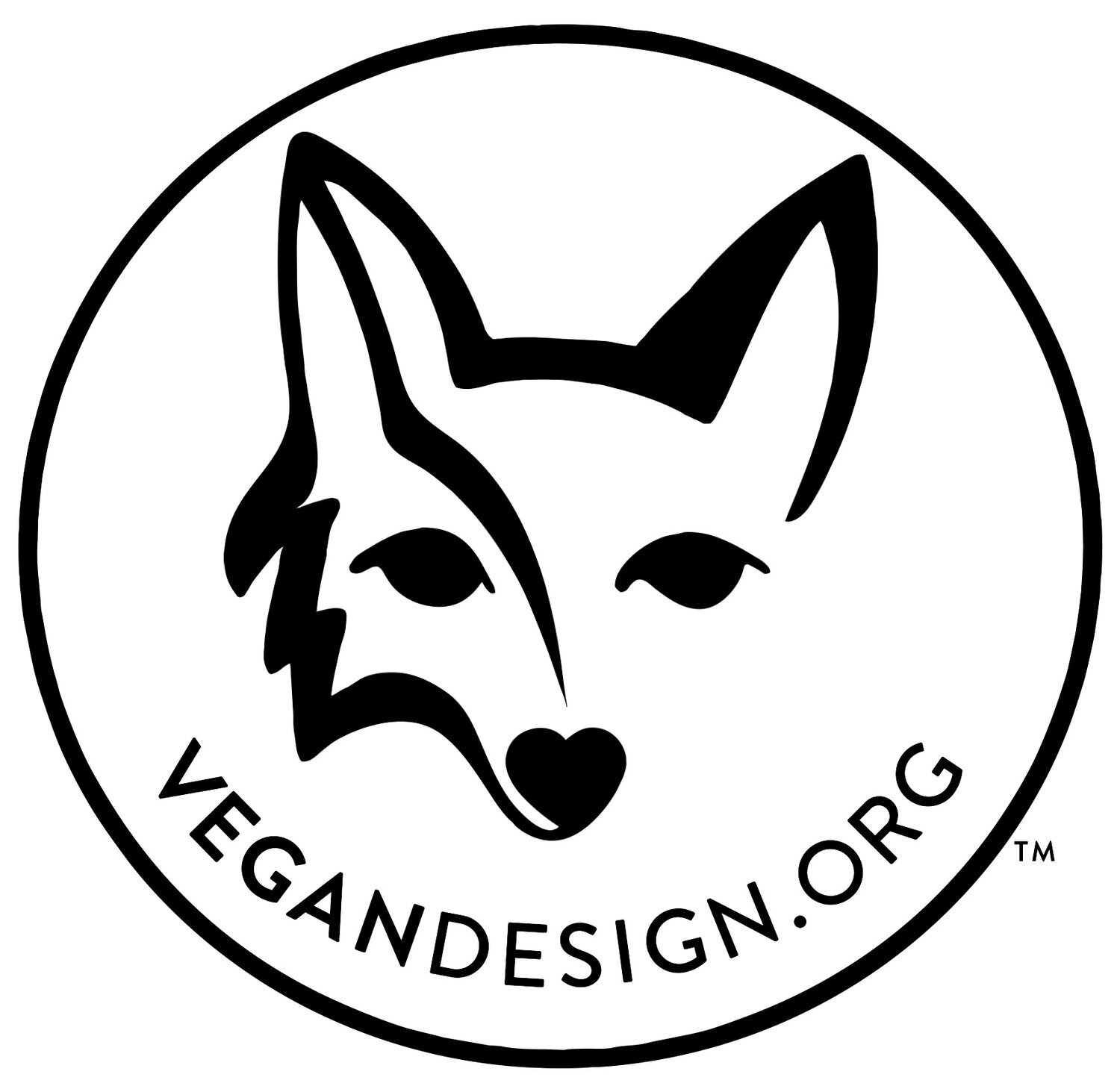Sustainable Fashion Matters. How To Do It!
Sustainable Fashion Matters
Why & How To Switch. Know Your Fabrics!
How much do we know about how our clothes are made or are they even safe? Sure, they look pretty and if they’re a bargain, so we often forget to ask ourselves these questions.
Unfortunately, cheap fabrics are seriously damaging our planet. According to recent studies, nylon, polyester and acrylic fabrics give off tiny plastic microfibers when they are washed. These plastic fibers end up in the oceans and hurt marine life and humans.
Opting for sustainable clothing is one of the things you can do to make your wardrobe more eco-friendly. There is a lot of confusion about sustainable fashion, and questions like what fabrics are really sustainable often emerge.
What is sustainable fashion?
Sustainability defines that something will continue to exist constantly. In order to protect and preserve the health of our planet, many industries have to switch to a more ‘green’ production. When it comes to sustainable fashion it mostly refers to using recycled materials and fiber crops all while reducing waste.
This article is here to clear these issues.
Environmentally Unfriendly and Unethical Materials
Fur and leather are known to be environmentally unfriendly and highly unethical. Many animal species are killed exclusively for their skin. Not only animals some still eat such as calves, pigs and goats. Wildlife animals are being killed too, just for their skin. No human would ever eat a zebra, kangaroo or elephant in normal conditions. This is why you should avoid fur and leather at all costs. Also, there is a question of fabrics like cotton that are generally considered natural. They are also rather inexpensive which is why many people wear them, but they are harmful to our environment as well as those who work on cotton plantations.
Growing cotton pollutes the water and contributes to bee death since it is one of the most chemical-intensive crops. Herbicides and chemical defoliants often remain in the fabric and what is even scarier – they are released throughout the garment's lifetime.
Bear in mind that man-made fibers like bamboo and Qmonos, are eco-friendly fibers.
Recycled and Upcycled Fabrics
Reusing existing fabrics is one of the most sustainable and eco-friendly options. You are not only minimizing the waste but also reducing demand for more materials and thus reducing energy consumption and pollution.
It is not always easy to find high-quality athletic apparel that is also durable and sustainable. If you are looking for groundbreaking products, ultimate in performance and sustainability click here to find out more. Their products are made from recycled ocean waste.
Fair Trade & Organic Cotton
Organic cotton is easier on our planet as harmful pesticides and other chemicals are removed from the production process. To avoid added dyes it is best to pick cream, pale green and light brown colors – the cotton’s natural shades.
Also, you can always opt for natural and vegetable-based clothing dyes.
Fairtrade-certified cotton ensures fairer working conditions and wages for workers in the textile industry, so look for the fair trade label on organic cotton clothing.
Hemp
Hemp is one of the most eco-friendly and versatile fabrics out there. It comes in a variety of textures and weights and therefore can be used to make lots of different clothing items.
Hemp is durable, insulating, breathable, UV resistant and nonirritating to the skin.
One of the oldest fibers in the world, hemp is a high-yield crop that improves soil quality. No pesticides or herbicides are needed to grow this wonder plant. There are no chemicals involved in the manufacturing process either.
Linen
Derived from a flax plant, linen can grow even in poor-quality soil and doesn’t require much water or pesticides. Also, it leaves no waste footprint since the entire plant is used.
It is a comfortable and durable material that can endure 20 years of wear. Linen is naturally moth resistant and entirely biodegradable when untreated.
Pinatex
This futuristic and innovative fabric is made from the leaves of the pineapple plant. It is a natural and sustainable cruelty-free leather alternative. Manufactured by Ananas Anam, Pinatex reduces waste by using the fruit industry by-product to produce textiles.
The company also supports rural communities by working directly with farmers in the Philippines.
Qmonos
This synthetic spider silk is said to be five times stronger than steel while being very lightweight and keeping its elasticity. Qmonos, a lab-made spider silk protein, is fully biodegradable.
With no spiders farmed and its non-reliance on petrochemicals, this protein material is a more ethical and sustainable alternative to silk, nylon, and polyester.
It can’t be denied that we have immersed ourselves in unsustainable consumerism. It is time for a change and thanks to new technological solutions, it is possible to shop fashionably and environment-friendly. Opt for clothing brands that are transparent about the fabrics they use and about their working conditions.
Do you own an eco-conscious fashion brand? Learn how you can get your biz listed on our website HERE!

